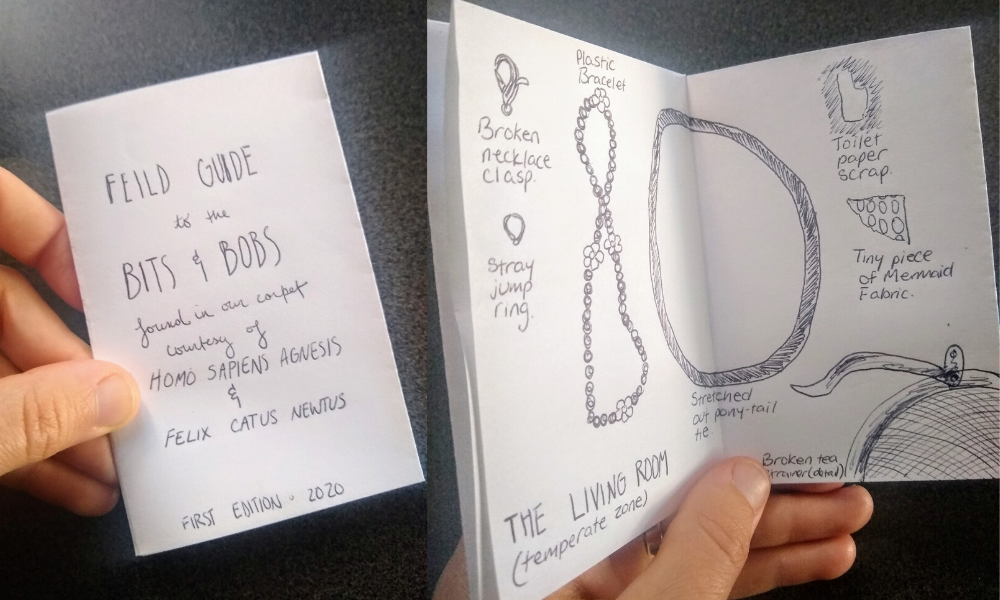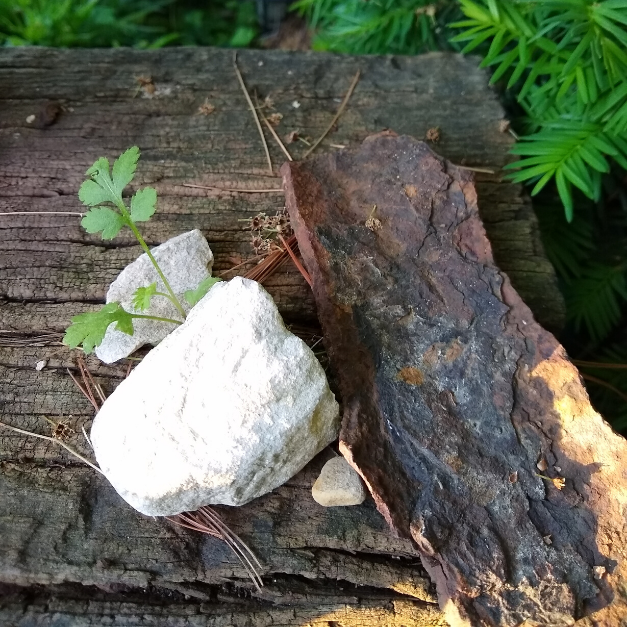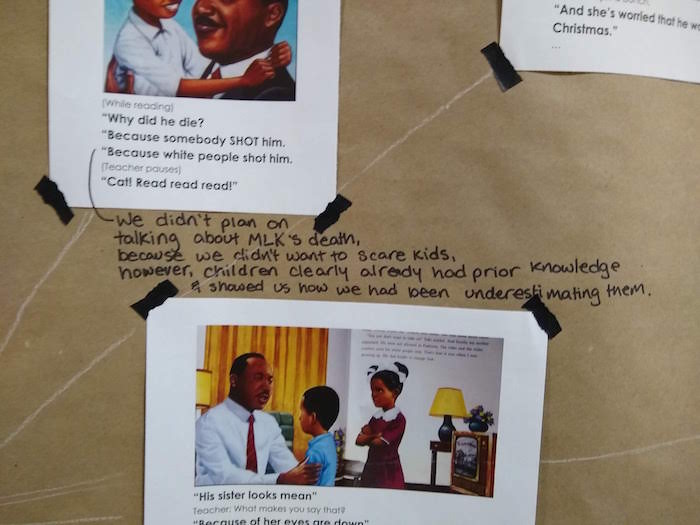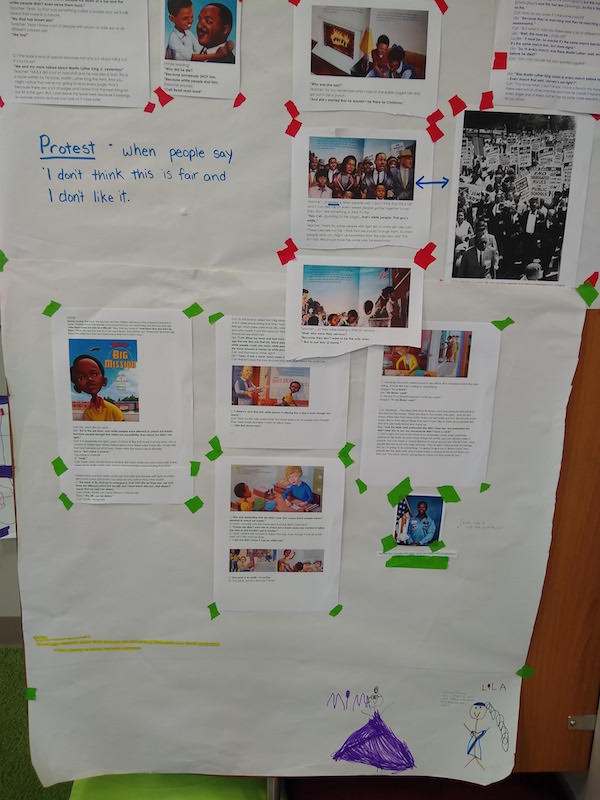For as long as we have been humans, we’ve been story-tellers and star-gazers. For this week’s #myCMAstudio challenge, we’re inviting you to join in the grand, creative tradition of looking up at the night sky, connecting the dots and telling a tale about them.
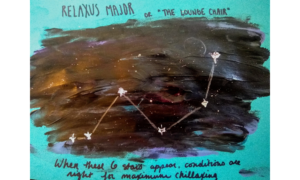
Your constellation can be big or small, simple or complex. Your story can be a grand epic tale pulled from mythology from around the world, or a silly story about your lost sock. You can literally go outside at night and look up, or you can choose an image from NASA’s collection as your starting point. You could work alone. You could work with a friend- maybe each make a constellation, then trade and create the stories for each other. You could work with a whole group of friends to create a new set of zodiac signs (“I thought I was a Taurus, but it turns out I was born under the sign of My Cat George Begging For Treats! How about you?”).
As always, we encourage you to use whatever medium is your jam—draw, write, collage, photograph, choreograph, etc. Share your creations on social media by tagging #myCMAstudio.
As always, we encourage you to use whatever medium is your jam- draw, write, collage, photograph, choreograph, etc. Need Studio supplies? Pick up or let us ship to you directly our Studio in a Box with all the supplies and materials needed to aid you in our weekly challenges.
Find a CMA Studio Challenge that speaks to you and thanks to everyone who has participated. Share your creations on social media by tagging #myCMAstudio.
Cat Lynch is an artist educator at the Columbus Museum of Art where she works with children 5 and under and their grown-ups. Cat is also an artist whose work focuses primarily on collage, story-telling, interaction and environment. She finds the two worlds support and complement each other beautifully.
Open Studio is a drop- in program hosted on Saturdays and part of CMA’s JPMorgan Chase Center for Creativity Studio to explore ideas, solve creative challenges, and collaborate with friends and family. We look forward to inviting you back to Open Studio and other CMA experiences when we reopen to the public.
